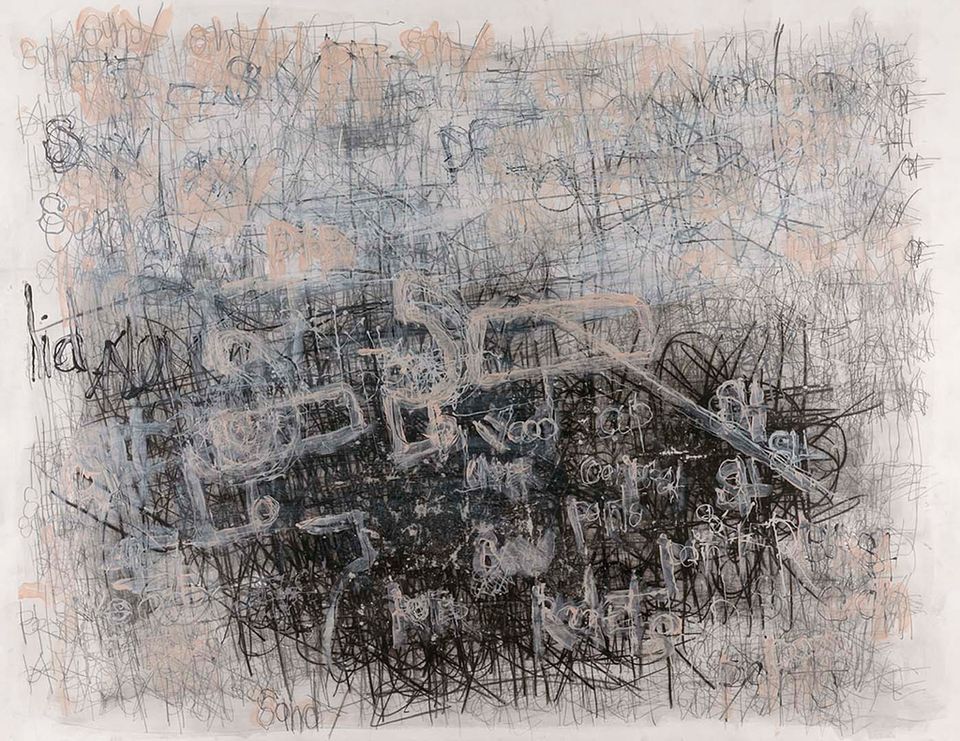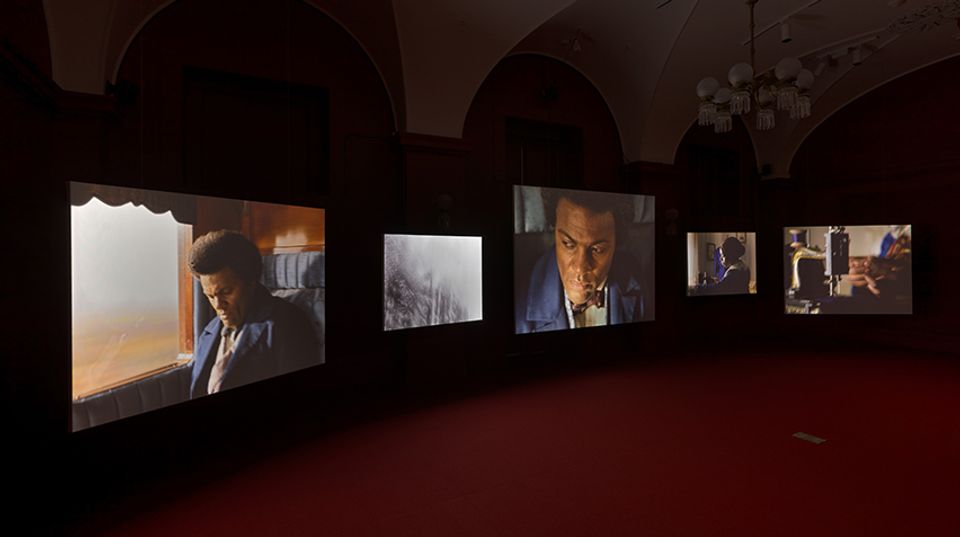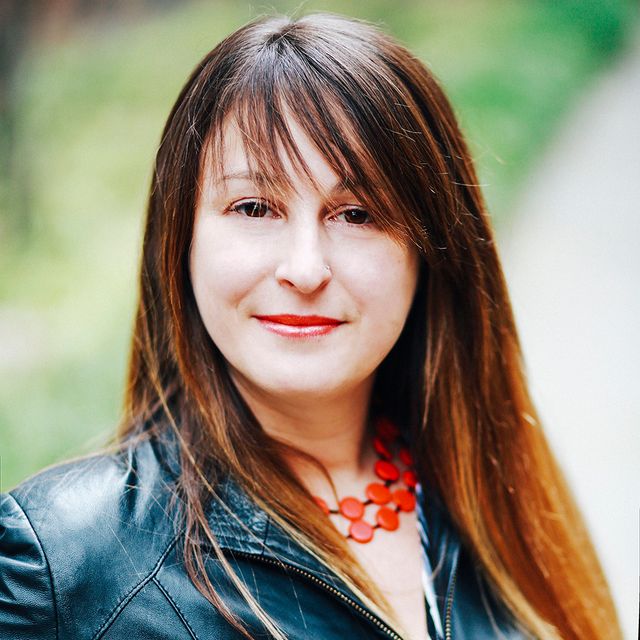

In honor of the renovation and reinstallation of SAAM's galleries for folk and self-taught art on the first floor, four specialists in the field came together to address the perceptions and practice of folk and self-taught artists, each from a unique vantage point. The speakers joined Leslie Umberger, SAAM's curator of folk and self-taught art and emcee for the evening, in a discussion on the unique position of these out-of-the-ordinary makers of art. One of Umberger's goals for the panel was to address "How we may foster public appreciation for work that might be perceived as simple or unsophisticated but is much more often nuanced and complex."
Folk and self-taught artists have come a long way, from being perceived as outsiders who existed on the wrong side of the academy, to a gradual recognition that they are rightfully a part of the canon. But who exactly are the people who didn't go to art school? What is non-mainstream art? Tom DiMaria, director of Creative Growth Art Center in Oakland, California, talked about his work with people with disabilities who spend their days creating art. "The path to art is often the path to communication," he told us as he shared stories of artists in the Center, including Dan Miller, who is non-verbal and on the autistic spectrum. His drawing, Untitled (peach and gray with graphite) from 2010, was acquired by SAAM, and is currently on view in the new galleries. As a young boy (born 1961), his mother, a schoolteacher, sat with him every night spelling words hoping he would talk one day. "He did talk," DeMaria told us, "but twenty years later when he picked up a pen and a paintbrush and made drawings and images built upon words, one letter after the other." These are the words that were in his head for twenty years, that he could only express when he had paper and pen in front of him. His story is compelling, but it is his artwork that speaks for itself.
Katherine Jentleson, curator of folk and self-taught art at the High Museum of Art, contributed a survey of self-taught art over the past one hundred years. As she told us, "The art is primary and the biography of the artist including his or her access to training is secondary, or even irrelevant." Bernard L. Herman, professor of Southern studies and American studies at the University of North Carolina at Chapel Hill, added to our knowledge of self-taught artists and their practice, and touched on the works of Lonnie Holley and Thornton Dial, Sr., both of whom had works acquired by SAAM in the mid-1990s. Philip March Jones, director of the Andrew Edlin Gallery, New York, spoke about artist Melvin Way, who was born in South Carolina in 1954, but eventually found his way to New York City. Like Dan Miller, Way's work was recently acquired by the museum and is currently on view on the first floor.
The Q&A after the talk brought audience questions about the place of digital in the oeuvre, as well as the question of how you address artists who were once labeled "outsiders," now that their work can be found in private collections and museums such as SAAM.
If you missed the discussion, take a look at our webcast:

















